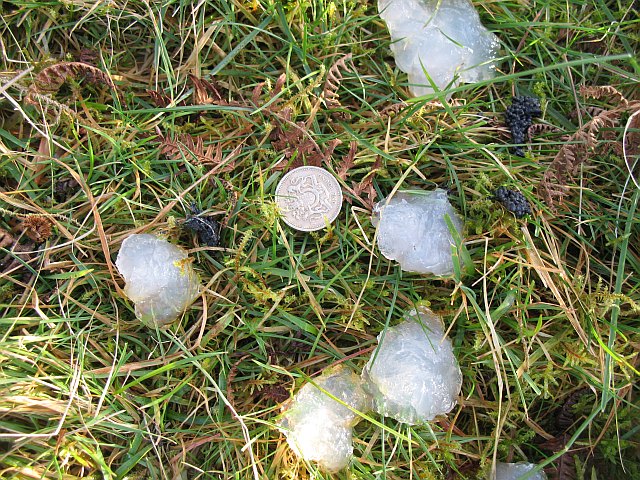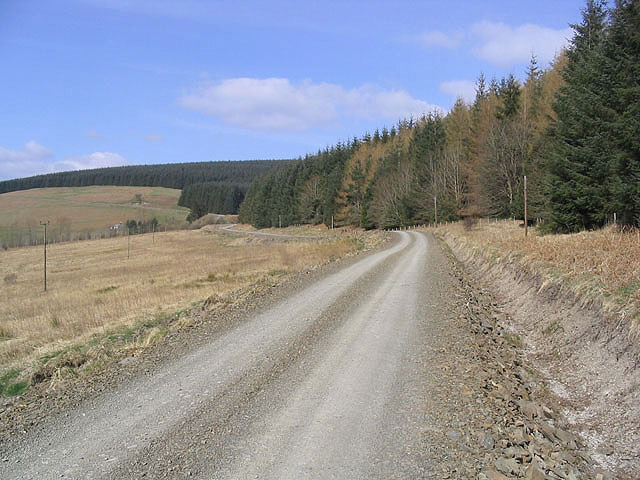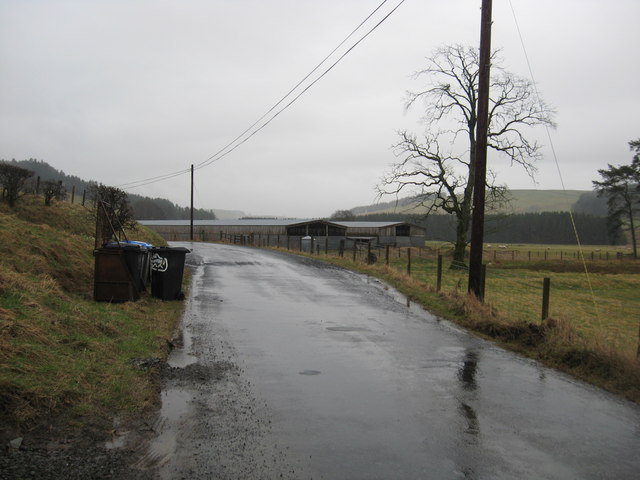Lairhope Braes
Wood, Forest in Roxburghshire
Scotland
Lairhope Braes

Lairhope Braes is a captivating woodland area located in the region of Roxburghshire, Scotland. This natural haven is nestled in the heart of the Scottish Borders and covers a sprawling area of lush greenery and dense forests. The Braes are renowned for their outstanding natural beauty and provide visitors with a serene and tranquil atmosphere.
The woodland in Lairhope Braes is predominantly composed of a variety of exquisite tree species, including oak, birch, and pine. The towering trees create a dense canopy that filters the sunlight, casting enchanting shadows on the forest floor. The ground is adorned with a rich carpet of mosses, ferns, and wildflowers, adding to the area's charm.
The Braes are not only visually stunning but also serve as a haven for a diverse range of wildlife. Visitors may spot red squirrels darting between the trees, as well as various species of birds, such as woodpeckers and owls. The captivating flora and fauna make Lairhope Braes a popular destination for nature enthusiasts and photographers.
For those seeking outdoor activities, Lairhope Braes offers numerous walking and hiking trails that wind through the woodland. These trails provide a chance to explore the area's natural wonders up close, with stunning viewpoints and hidden gems waiting to be discovered around every corner.
Lairhope Braes is a true gem in Roxburghshire, offering a peaceful retreat for those seeking solace in nature's embrace. Whether it is for a leisurely walk, birdwatching, or simply immersing oneself in the tranquility of the forest, this woodland area is a must-visit destination for nature lovers.
If you have any feedback on the listing, please let us know in the comments section below.
Lairhope Braes Images
Images are sourced within 2km of 55.348895/-2.9867246 or Grid Reference NT3706. Thanks to Geograph Open Source API. All images are credited.





Lairhope Braes is located at Grid Ref: NT3706 (Lat: 55.348895, Lng: -2.9867246)
Unitary Authority: The Scottish Borders
Police Authority: The Lothians and Scottish Borders
What 3 Words
///other.january.populate. Near Teviothead, Scottish Borders
Nearby Locations
Related Wikis
Nearby Amenities
Located within 500m of 55.348895,-2.9867246Have you been to Lairhope Braes?
Leave your review of Lairhope Braes below (or comments, questions and feedback).

















